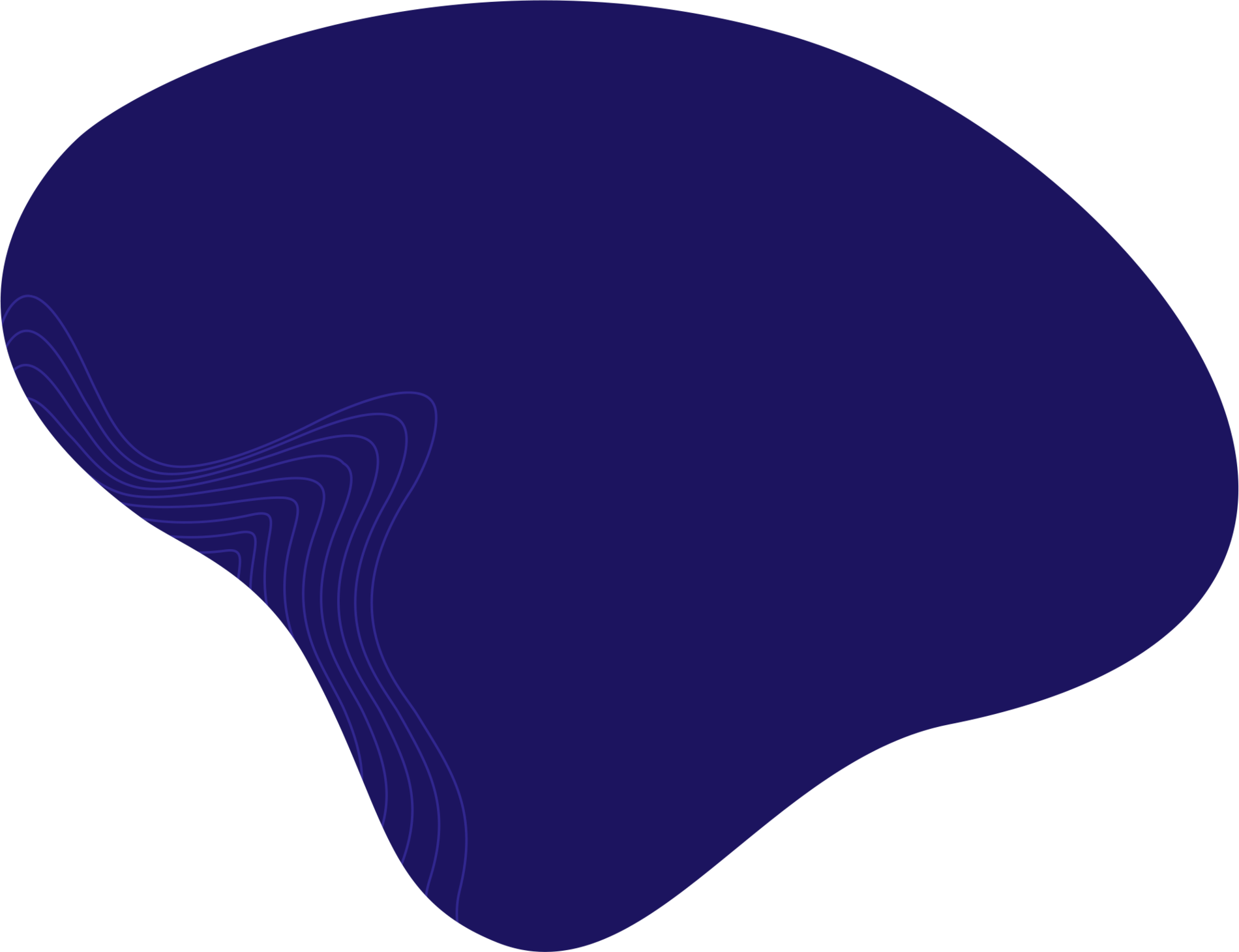There are two common terms that can be used interchangeably; customer retention and customer loyalty. However, it’s vividly clear that in the process of business growth, both terms play a key role, their meanings are utterly different. Simply speaking customer retention means a set of various methods which prevents customer loss in a business. On the other hand, customer loyalty refers to building up a good and long-term rapport with customers.
What is the difference between customers loyalty and customer retention?
Despite customer retention, Customer loyalty illustrates how happy and satisfied your customers are with the brands they are purchasing, on the whole consuming. In addition, how likely they will share this experience with others. This necessitates customer retention one more step by considering customer satisfaction and its connection to your repeat sales.
It’s essential to measure customer loyalty as it shows how satisfied and content consumers are with their shopping time. Generally, when consumers keep purchasing from you, it doesn’t convey that you have an excellent product all the time. Maybe your product doesn’t work all the time, has a short expiration date, or more likely, consumers haven’t found a better choice. Either way, defining customer loyalty with retention will give you an overall image and idea of customer satisfaction.
moreover, customer loyalty provides chances to upsell and cross-sell, as loyal buyers are your brand’s most important and intangible asset. They purchase more often than other consumers and are closely linked with your business’s value. By defining your loyal customers, your brand can come up with customized campaigns that accurately meet their needs and expectations.
Common behaviors of loyal customers
Responding positively covers a wide range of aspects and activities, such as; passively thriving to keep a customer to support a company actively and dynamically. As a result, as soon as you’ve defined what a customer is in terms of duration, measuring retention is simply a matter of counting. If you’re going to use the concept to develop a model, you’ll need to employ a slightly more sophisticated measurement that takes into consideration three potential behavioral responses:
Expansion – there is a high chance that a customer increases their level of business, for instance, they either purchase a single product over and over or purchase other products in your portfolio.
Influence –They positively can be influenced by company. These customers can also affect the company too. These influences can be seeking out advice, purchasing online or in-person, and also complying with new policies.
Advocacy: An extent to which a customer is eager to actively promote the business, like online reviews and comments, acting in favor of the company on an issue, taking part in case studies, serving as a reference, or making redirections.
The Connection Between Customer Loyalty and Customer Retention
However, it’s vital to define and distinguish these two terms, it’s also considerable to recognize how they are interwoven. Improving customer retention goes along with customer loyalty.
Let’s take it into consideration in this way, retention measures the transaction. Your consumers have purchased or didn’t purchase from you at a rate with which you’re happy. The main focus is on preventing revenue loss.
Whenever it comes to customer loyalty, the idea is what happens before the transaction. Isn’t it worthwhile to specify what makes customers unhappy in order to prevent future buyers from getting unsatisfied? Are you converting content customers to loyal ones; so that they can repeatedly purchase from you or even encourage others to purchase from you?
That’s why the connection between customer loyalty and customer retention is inextricably linked. although, customer loyalty isn’t just about preventing customer loss; it’s also about growth.
Questions help you define loyalty
You’ll need to figure out which of these actions (or all of them) best defines loyalty for your business. If you don’t know, the answers to the following questions will assist you in getting started:
1. Who is your company’s ideal customer? What do they do and what do they not do?
2. What does your organization hope to gain from its customer connection, and why?
3. What can customers do to help the organization achieve its goals?
4. What can customers do to assist the organization in improving service and lowering service costs?
5. What can customers do to help you save money when you do business with them?
You might want to involve a variety of stakeholders in discussions about these issues. You can create a model and start measuring loyalty once you’ve determined the behaviors that define loyalty. It may be required to consider different consumer segments, necessitating the use of multiple models. You may need to perform some research with consumers who match the loyalty requirements, as well as customers who you assume, do not validate the model. Then figure out how you’ll utilize the model to assess and enhance loyalty.
Why Customer Data Matters for Customer Loyalty & Retention
For different brands, it’s really easy to be dependent on keeping customers. We all want to tout jaw-dropping year-over-year “growth.” But real growth comes from customer loyalty. Aspire to more than repeat business from a customer who doesn’t know any different or who doesn’t have better choices right now. Aim to gain the loyalty of a customer who knows what your competitors have to offer, but chooses your brand over and over because of its exceptional customer experience.
Metrics to track Customer Loyalty and customer retention
It’s time to evaluate your efforts after putting the suggestions above into action. When it comes to gauging customer loyalty, there are numerous metrics to consider. The following are our top four picks.
Repeat purchase rates
Divide the number of repeat customers by the total number of customers to get the percentage of repeat purchases made by your customers. You’ll get a decimal, which you can then multiply by 100 to get your percentage.
Customer Retention Rate
The rate at which consumers leave doing business with a company is known as the churn rate, also known as the rate of attrition or customer churn. It’s usually expressed as the percentage of service subscribers who cancel their memberships within a certain time frame.
The lifetime value of a customer
Customer lifetime value refers to a customer’s entire value to a company over the course of their relationship. It’s a crucial measure since keeping existing customers costs less than acquiring new ones, thus boosting the value of your existing customers is a fantastic method to generate growth.
The Net Promoter Score
The Net Promoter Score (NPS) is a metric that assesses both customer satisfaction and prospective business growth. NPS is a grade point average that is calculated based on your customers’ perceptions of and loyalty to your brand. To calculate NPS, poll your consumers to see who are “promoters” and who are “detractors” of your business. To calculate your NPS, subtract the percentage of critics from the percentage of promoters.
Final thoughts
You will not lose any opportunities to build your business if you understand the difference between customer loyalty and retention. Customer loyalty and customer retention are two distinct sorts of marketing efforts, and to achieve the best results, organizations should combine loyalty programs and retention techniques. if you are looking for a solution to set up customer retention and customer loyalty, get the free version of Markograph. Put customers into various segmentation fast and easily based on the RFM method. In addition, design and run campaigns for each segment which leads to an increase in customer loyalty and your business growth.






